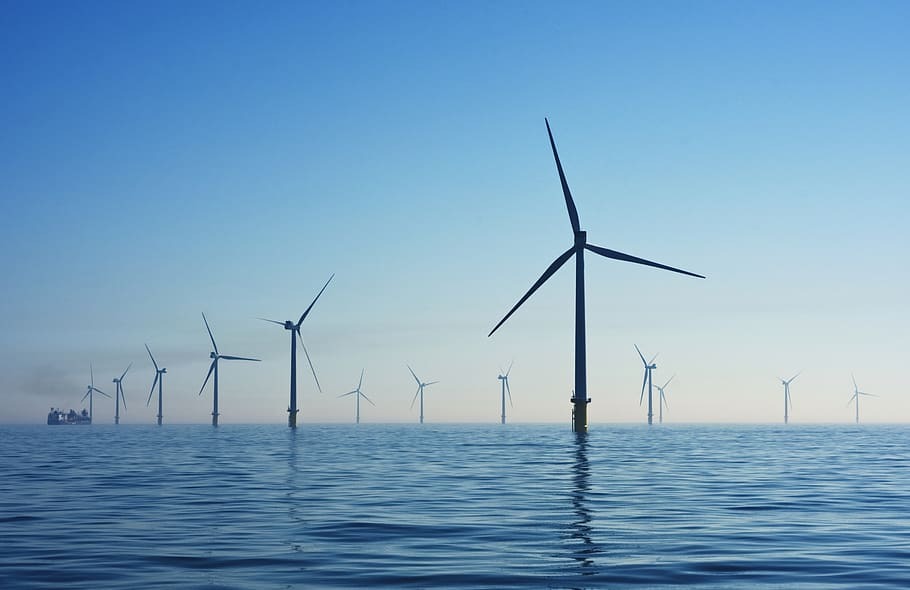A new report released by Aurora Energy Research states that in order to meet the government’s 40GW by 2030 offshore wind goal, almost £50 billion worth of investment will be needed.
It will also have a marked impact on the electricity industry as a whole, potentially making it harder for onshore wind and solar to be brought forward.
In order to reach this target, proposed in the Conservative manifesto and confirmed in the Queen’s speech, three times as much capacity will need to be commissioned during the 2020s as in the previous decade. This 30GW of capacity will require the equivalent installation of a 10-12MW turbine every weekday for a decade.
Already 10GW of capacity has been contracted to come online during the 2020s, but a further 20GW will need to be procured through the Contracts for Difference (CfD) scheme. Of this 17GW is yet to receive full planning consent, Aurora warns.
The higher levels of offshore wind will lead to a lower capture price for renewables according to the report. This in turn will lead to an increase in payments made to existing and future CfD supported projects.
Aurora continues, assuming future offshore wind projects can secure an average strike price of £40/MWh the cost of reaching 40GW of CfDs would be an extra £2.6 billion per year. This is almost five times the current budget outlined for the expansion, which is £557 million.
Additionally, baseload prices will become lower, which could reduce the total cost of the wholesale market.
High capacity market prices will likely lead to increased total system costs, as plants will require an higher revenues to stay economic due to the low wholesale revenue.
The report warns that the high levels of subsidised offshore wind could put other renewables at risk. Onshore wind and solar PV projects could suffer as they have to be brought forward on a fully merchant basis without direct government support, putting them at a disadvantage.
As government intervention in the offshore wind sector increases, it leaves competing energy sources increasingly exposed to market forces.
Martin Anderson, head of GB Renewables at Aurora Energy Research and co-author of the report said that the 40GW target set the country on “a pathway towards the wider ambition of becoming net zero”.
“Our analysis suggests that meeting this target will require a huge increase in the deployment rate of offshore wind turbines, alongside significant capital investment, and planning consents to be approved in record time.
“Whilst offshore wind has demonstrated significant cost reductions in previous auctions, the impact of higher levels of renewables in the system will reduce offshore wind capture prices and the subsidy support schemes will require further budget. Should this target be achieved it would have wide implications for existing investors in the GB power system and represent significant government involvement into the liberalised electricity markets.”
Renewables have seen impressive growth in the UK in recent years, with offshore wind leading the way throughout. According to research by EnAppSys, renewables are “on the brink” of becoming Britain’s main electricity source, with 104.8TWh of Britain’s electricity coming from renewables in 2019 and 56.6% or 59.3TWh of this from wind power.






